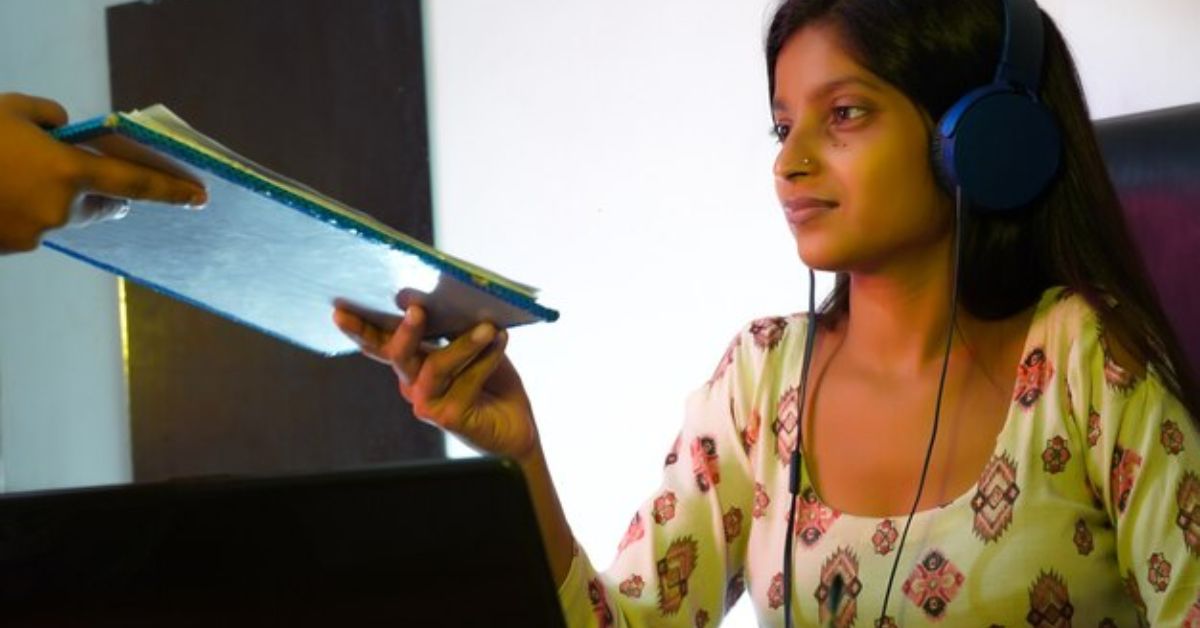In today’s rapidly advancing digital world, the empowerment of rural communities is a pressing global concern. As technology continues to evolve, more and more opportunities are emerging for people living in underserved areas to improve their lives and access vital services. One such initiative that is making waves in bridging the digital divide is the Divyanka Latwal CSC program, a transformative force in rural India.
In this article, we’ll explore the significance of Divyanka Latwal CSC, understand how it contributes to digital inclusion, and highlight the positive impact it has had on the lives of rural residents. We’ll cover the underlying principles of CSCs (Common Service Centers), how they function, and the remarkable role Divyanka Latwal has played in their development and success. This article also delves into real-world applications, the benefits of CSCs, challenges faced, and solutions that are helping this initiative thrive.
1. Understanding the CSC Model: A Digital Bridge for Rural India
What is a Common Service Center (CSC)?
A Common Service Center (CSC) is a rural access point to essential government and non-government services. CSCs were introduced under India’s Digital India initiative to bridge the digital divide between urban and rural areas. These centers offer a range of services including government applications, e-commerce, banking, digital literacy programs, and much more. Their main goal is to provide residents in remote areas with access to technology and services that would otherwise be out of reach.
The CSC model works by employing local entrepreneurs to run these centers, ensuring that the benefits of digital technology are both accessible and sustainable. These entrepreneurs, often referred to as CSC operators, are trained to provide services like utility bill payments, telemedicine consultations, online education, and financial inclusion services such as banking and insurance.
The Role of Divyanka Latwal in the CSC Ecosystem
Divyanka Latwal, a prominent figure in India’s digital transformation, has been an instrumental force behind the development of CSCs in rural India. Her work focuses on training rural entrepreneurs, providing them with the tools to succeed in managing these centers, and ensuring that local communities can fully leverage the benefits of digital technology.
Through her leadership and vision, Divyanka has helped drive the success of multiple CSC initiatives, which have, in turn, contributed to India’s overall progress in bridging the digital divide. As a leader in the CSC ecosystem, Divyanka has been involved in formulating policies and strategies that ensure the sustainable growth of these centers across the country.
2. Importance of CSCs and Their Impact on Rural Development
Improving Digital Literacy
One of the most significant benefits of CSCs is their role in improving digital literacy. For many people in rural areas, basic digital skills are often limited, which can hinder their access to critical services and opportunities. CSCs provide training programs designed to teach digital skills, ranging from basic computer operations to more advanced technologies such as data entry, internet browsing, and online communication tools.
These training sessions have been particularly beneficial for women and marginalized groups, providing them with essential skills that can help them secure employment, improve their education, or start their own small businesses.
Enabling Access to Government Services
Another important function of Divyanka Latwal CSC is facilitating access to government services. In rural areas, people often find it difficult to access essential government benefits such as pension schemes, health services, and subsidies. CSCs allow citizens to avail of these services easily by acting as digital kiosks that are equipped with the necessary infrastructure to process government applications online.
Through these centers, rural citizens can apply for services like Aadhaar registration, Ration Cards, and Income Certificates—services that might otherwise require them to travel long distances to government offices.
Boosting Financial Inclusion
In a country like India, where financial inclusion remains a challenge, CSCs have emerged as a crucial tool in connecting people to the formal banking system. Through partnerships with banks, CSCs provide access to services like bank account opening, money transfers, micro-loans, and insurance policies. By bringing these services to the doorstep of rural families, Divyanka Latwal and her team have ensured that rural India can become financially empowered.
3. Applications and Use Cases of Divyanka Latwal CSC
Case Study 1: Telemedicine and Health Services
One of the standout features of Divyanka Latwal CSC is its ability to offer telemedicine services. Rural areas in India often face a lack of healthcare infrastructure, with few doctors and hospitals available. Through CSCs, virtual consultations are made possible, connecting patients in remote villages with doctors in urban areas. This not only helps reduce the distance barrier but also provides real-time health solutions to people who might otherwise struggle to access medical services.
In one notable example, a CSC operator in a small village in Uttarakhand was able to provide life-saving advice to a woman suffering from severe abdominal pain. After consulting with a doctor via telemedicine, the woman was referred to a nearby hospital, where she received timely treatment, potentially saving her life.
Case Study 2: Financial Inclusion and Empowering Women
In a case study from Rajasthan, Divyanka Latwal’s work with local CSC operators has empowered rural women by enabling them to access microloans and financial services. Women, who often face barriers to financial independence, have found that the services provided through these CSCs allow them to start small businesses or gain employment.
For example, a woman in Rajasthan was able to secure a loan through her local CSC to purchase equipment to start a tailoring business. With this financial support, she was able to grow her business, earn a steady income, and improve her family’s quality of life. This success story reflects the broader impact of CSCs on economic empowerment, especially for women in rural communities.
4. Challenges and Solutions in the CSC Program
While the Divyanka Latwal CSC program has seen significant success, it is not without its challenges. Several obstacles have arisen in the implementation and management of these centers. Here, we discuss some of these challenges and potential solutions to ensure the sustainability of the program.
Challenge 1: Infrastructure and Connectivity Issues
Many rural areas still lack the necessary infrastructure to support digital services. Poor internet connectivity, frequent power outages, and inadequate facilities can disrupt the delivery of services at CSCs. In areas where access to the internet is inconsistent, even the best-trained operators struggle to provide services effectively.
Solution: A potential solution lies in investing in alternative energy sources like solar power, which can ensure that CSCs remain operational even in areas with unreliable electricity. Additionally, partnerships with internet service providers can help improve connectivity in remote regions.
Challenge 2: Awareness and Adoption
While CSCs offer a wide range of services, there is still a lack of awareness among rural communities about the existence and benefits of these centers. Many people continue to rely on traditional methods for accessing government services and financial support, simply because they are unaware of the digital options available to them.
Solution: To overcome this challenge, awareness campaigns and community outreach programs are essential. Divyanka Latwal and her team could collaborate with local influencers, leaders, and educational institutions to raise awareness about the benefits of using CSCs for everyday needs.
Challenge 3: Ensuring the Financial Sustainability of CSCs
While the CSC model is successful in many areas, the financial sustainability of these centers can be challenging. Running a CSC requires a steady flow of income, but rural areas often have low purchasing power, and many residents may not be willing or able to pay for services.
Solution: A combination of government funding, partnerships with private organizations, and service diversification can help ensure the long-term sustainability of CSCs. For instance, offering services like e-commerce and digital marketing for local businesses can create additional revenue streams for CSC operators.
Conclusion: Empowering Rural India Through Technology
In conclusion, Divyanka Latwal CSC stands as a powerful example of how technology can transform rural India. By providing access to essential services such as telemedicine, financial inclusion, and government schemes, CSCs are helping bridge the digital divide and empower underserved communities. Divyanka Latwal’s leadership has been crucial in ensuring that these centers thrive and continue to serve as a beacon of hope for many.
As digital solutions become increasingly integral to every aspect of life, the work of CSC operators and leaders like Divyanka Latwal will remain critical to ensuring equitable access to technology for all.




